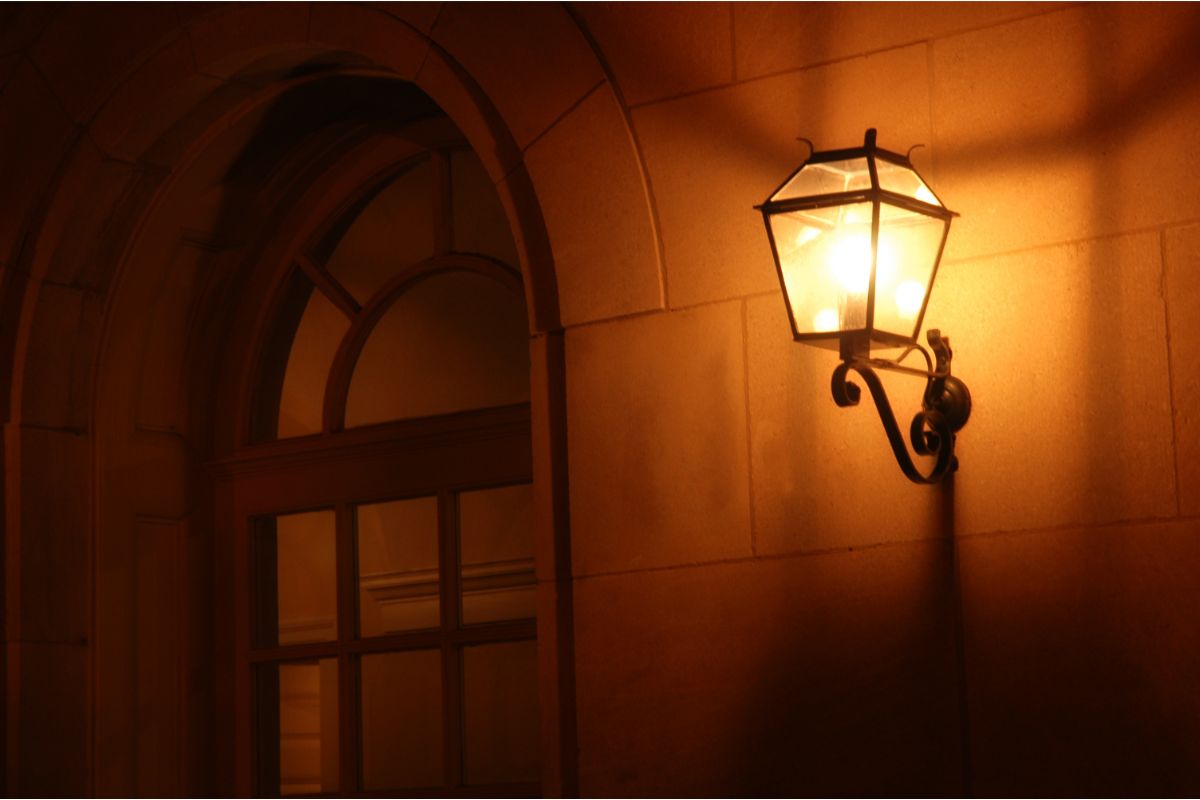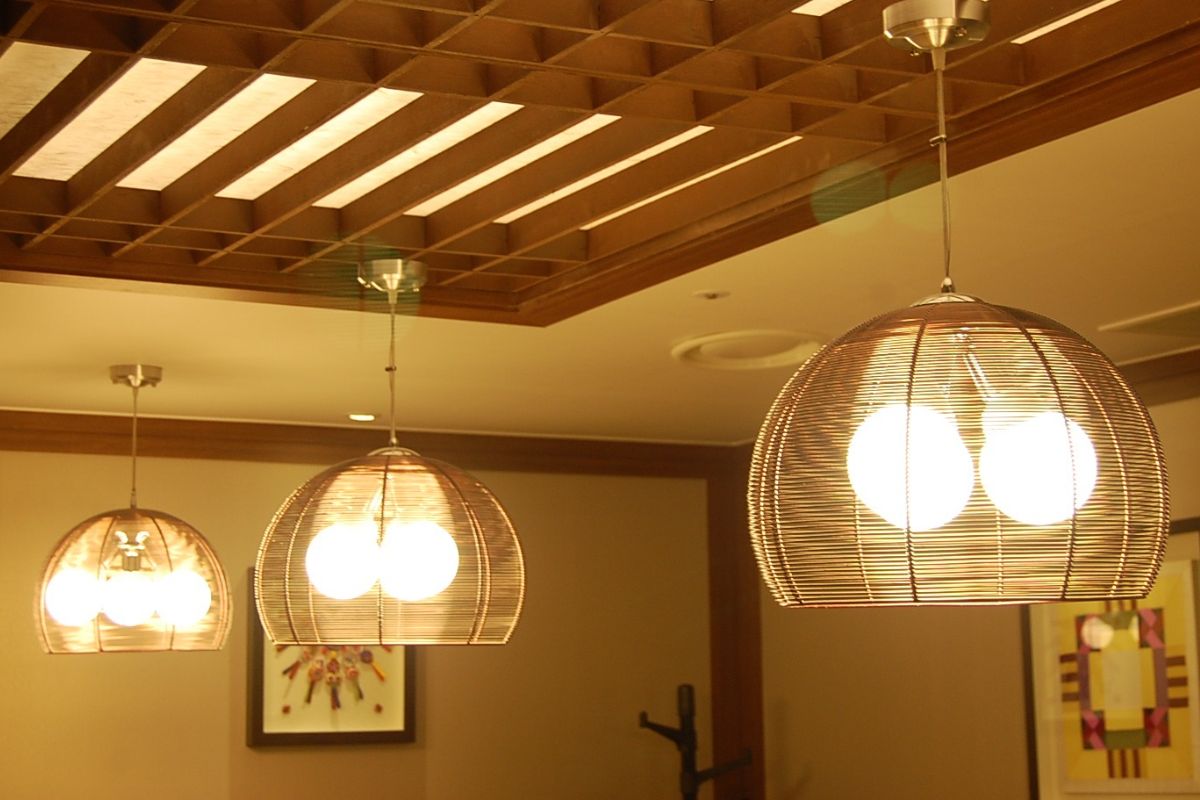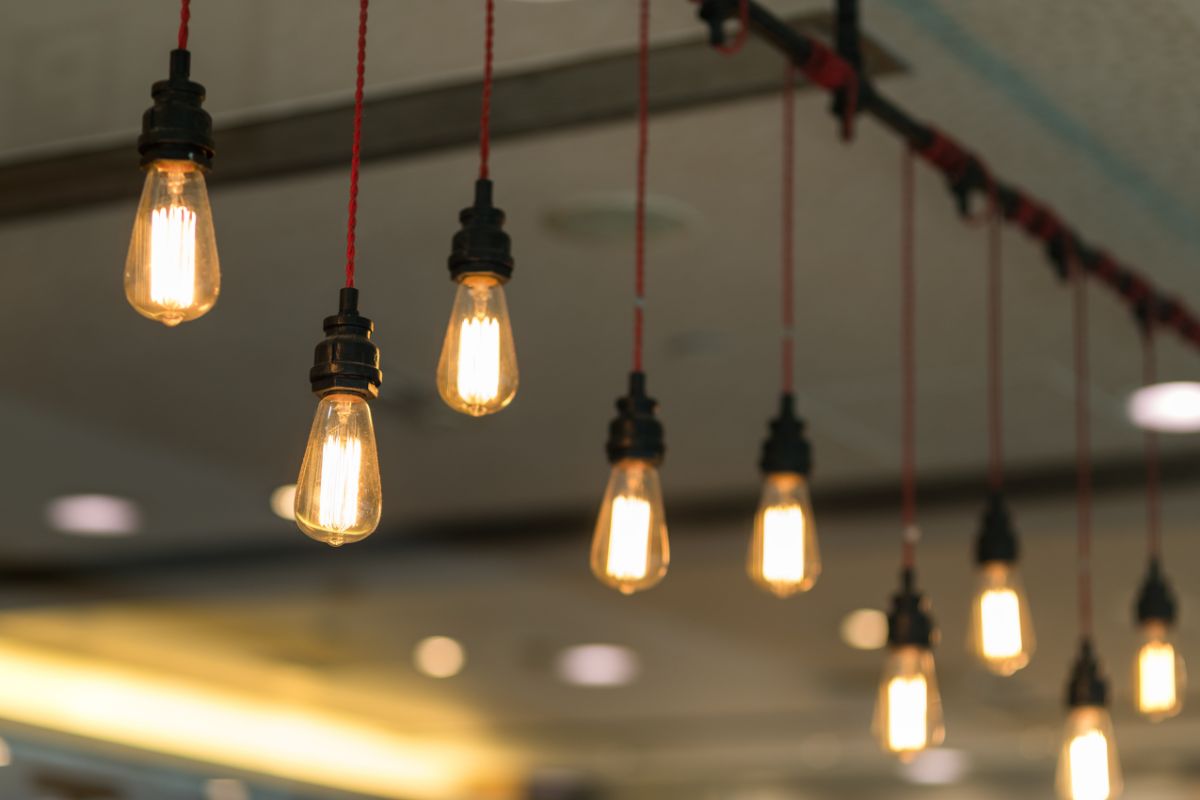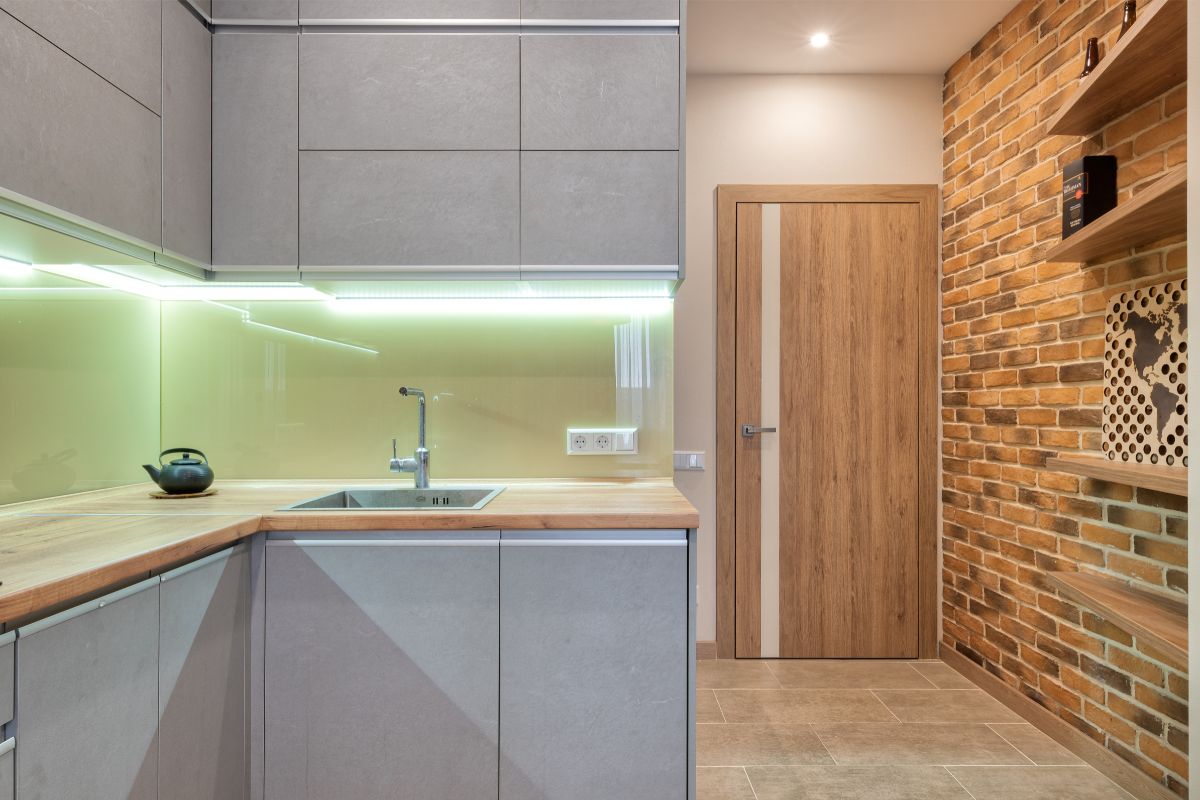If you’ve been researching ways to light small spaces, you’ll have no doubt heard about flush mount lighting, a phrase that seems descriptive yet impenetrable all at once. The words make sense, but you’re finding it hard to picture the fixtures they refer to, right?
Well, not to worry, my photic pilgrim, as I’m going to be explaining in plain English what flush mount lighting is.

Not only that, but I’ll be distilling the benefits and drawbacks of these fixtures into an easy-to-digest pros and cons list, so you can make an informed decision on whether they’re the right choice for you and your living space.
Defining Flush Mount Lighting
Flush mount lighting is between places in the pantheon of fixtures — It’s pendant lighting without the pendant; it’s recessed lighting without the recess. Simply put, any light that juts from the surface but does not dangle from it can be considered flush mount lighting.
Now the name’s starting to make a lot more sense, right? It’s lighting that is mounted flush to the ceiling but not inside it like recessed lighting. Although, some slim-line flush mount fixtures do look an awful lot like their recessed counterparts.
So, if you like the idea of recessed lighting, but for whatever reason, it’s not possible, some stylized flush mount fixtures may be the perfect stand-in.
Okay, But What Is Semi-Flush Mount Lighting?
“Semi-flush mount lights” is an even more confusing term… something is either flush or it isn’t, so what’s the big idea here? Big idea may be a bit of a stretch, but the very small idea is that with semi-flush mount lighting, there’s a little gap between the ceiling and the fixture.
These lights still don’t dangle down on a wire, chain, or rope like pendant lights or chandeliers, but neither are they physically touching the ceiling like their purebred flush mount cousins.
Usually, it’s just an extended mount that creates this surface-to-fixture distance, an example of which is this rustic Lakumu fixture.
What’s The Real-Life Lighting Difference Between Flush & Semi-Flush Mount Lights?
The reasons someone might choose a semi-flush mount fixture over a flush mount fixture are simple. That little gap between the ceiling and the light facilitates a touch of uplighting as well as the standard downlighting you’ll get from a flush mount light.
Uplight illuminates and reflects off the ceiling, making the room seem a lot brighter, although, technically speaking, visibility won’t be much improved, if at all.
Flush Mount Lighting: Pros

- There are plenty of styles to choose from — You’re probably used to seeing the traditional dome style flush mount light all over the place, leading you to believe that variations on this single style are all that’s available, but nothing could be further from the truth.
We’re living in the golden age of flush mount lighting. Whatever interior aesthetic you’re shooting for, there’ll be a flush mount light to match.
Or if the idea is that your light isn’t supposed to match, despite being a low key fixture, you can find many a weird and wonderful designs to make a statement.
- They’re perfect for small rooms — As flush mount lights don’t dangle down into a room, they don’t take up as much space as, say, pendant lighting, and nowhere near as much as chandeliers.
So, if you’ve got a rather dinky living space, they’ll brighten the place up without introducing a nasty claustrophobic vibe.
- They’re good sub-dividers — Even if you have a large living space, you can work some flush mount light fixtures into the fold, but you’ll use them as sub-dividers to split the space into zones.
- Easy installation — Flush mount light fixtures are pretty easy to fit, especially if you have some prior electrical experience.
- No need to dust — Flush mount lights don’t accumulate dust, as they’re at the very top of the room, which means one less thing for you to polish when you’re doing your spring cleaning — Hooray!
- Good casters of ambient light — These fixtures have a nice, wide ambient beam, so they’re a top choice for illuminating busy rooms.
Flush Mount Lighting: Cons
- Difficulty changing bulbs — As flush mount lights are typically enclosed units, you have to remove the whole fixture to replace a dead bulb, and as they’re so high up, you may need a stepladder to help you along.
- Shadows — Unless you pair them with some supplemental fixtures, such as lamps, these lights can create quite a lot of shadows throughout a room.
- Multiples can shrink a space — Sometimes multiple flush mount lights can make a small room look even squatter, so they’re not always suitable for small living spaces with low ceilings.
Where To Install Flush Mount Lights?
There are certain areas in the house that flush mount lighting just works:
- Hallway — The hallway is a flush mount light’s happy place. They can fill the entire space with light without hogging too much room.
- Kitchen — A nice wide spread of ambient light can make a kitchen far more enjoyable to be in, however, you must pair these fixtures with some task-based lighting in operational areas such as above the stove and your work surfaces.
If you have low ceilings, flush mount lights are also a good idea for above-island illumination, instead of pendants.
- Bathroom — You should probably have some bright task lights in some regions of your bathroom, but it’s not just an operational zone; it’s also a chill zone! When you’re running yourself a luxurious bubble bath and trying to cultivate a spa-like vibe, nothing hits the spot quite like a damp-rated flush mount light with an opal shade.
Final Thoughts
Flush mount lights or the closely related semi-flush mount lights aren’t going to meet all your lighting needs. Still, they’re definitely underrated fixtures that can accomplish a great deal, even if you have a relatively small budget.
I wouldn’t suggest dotting them throughout your whole house, but one or more in the spots discussed above can completely transform them and make them much nicer to inhabit.



